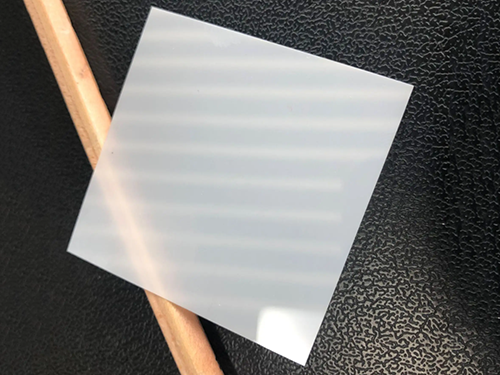
Zirconia ceramic materials have extremely strong weather resistance, and have no effect on the surface or substrate, regardless of sunlight, rain (or even acid rain), or moisture. Zirconia ceramic plates are highly valuable because of their superior performance and are mainly used as important raw materials for refractory materials, high-temperature structural materials, and electronic materials. So what are the requirements for processing zirconia ceramic plates? Below is an introduction for everyone:
1、 Appearance design polishing: This process depends on the selected processing program flow
1. Pay attention to the spacing of the needle's movement per unit time, don't be too fast
2. Immediately remove and replace the needle
2、 The thickness of the support during work: The minimum thickness of the support before sintering is 0.7mm. After sintering, it should not be less than 0.4mm
3、 Sintering: Before sintering, the debris caused by polishing the upper edge of the bracket should be removed neatly. After sintering, the size of the bracket will shrink by 25%. Therefore, it is necessary to use a suitable sintering furnace (with a temperature of up to 1600 ℃)
4、 Opening the furnace: At 300 ℃, it is important to note that there should be sufficient indoor space for sintering work during processing to prevent deformation. When necessary (for larger long bridges), overall sintering is required, and after sintering, each support point is disconnected. After sintering, the raw material can achieve the necessary process performance, such as a relatively high compressive strength of approximately 1200MPa. Zirconia ceramic raw materials have high compressive strength, and if cracks are found, most of them are caused by milling

Dongguan Zhongli Nano Ceramics Technology Co., Ltd. © Copyright 2023
【Backstage】